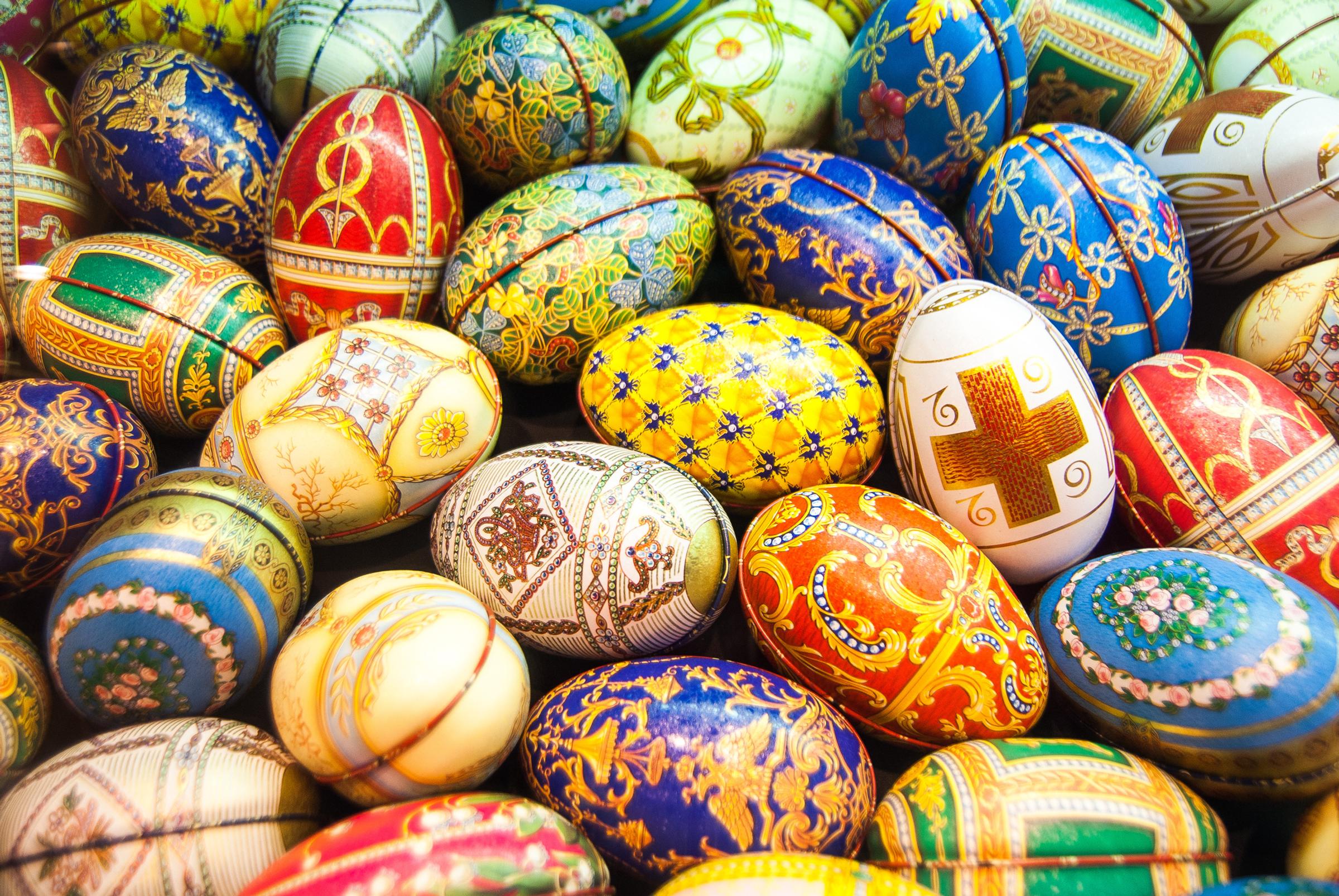
Religious Education
SACRAMENTS
Have been cancelled until further notice.
Mass
Due to the restrictions regarding COVID -19 all Mass and Liturgies for the near future will be cancelled.
How can Easter remind us of our true relationship with Jesus?
Saturday 11 April, 2020
Peter J. Vaghi
There were no eyewitnesses to what happened on that first Easter Sunday morning “while it was still dark.” The tomb, however, was empty.
The empty tomb has been the preeminent and unforgettable image of each and every Easter Sunday for over 2,000 years. It is an important and powerful sign of hope and joy. You and I—with our children in hand—run to that tomb each Easter morning. We follow in the footsteps of Sts. Peter and John.
Scripture tells us that upon entering the tomb, St. John “saw and believed.” What did he believe? What do we believe?
As followers of Jesus, we believe, as do a long line of his followers, that he rose from the dead on that first Easter Sunday. It is not simply a story. Moreover, and importantly, he continues to live within each of us and within the church, his living body. With the help of God’s grace, we believe this. We encounter him in our day as the first disciples did in their day, most especially in the Eucharist. For he has risen!
The empty tomb stands as a silent and during witness to the central event of all human history: the resurrection of our Lord and Savior Jesus Christ, that central event of unconditional and invincible love and mercy.
For over 2,000 years, this empty tomb—with bright and unforgettable light emanating from it—has borne witness to Jesus’ definitive victory of life over death and our share in it. In the memorable and inspired words of St. Paul,” we, too, attest that “if Christ has not been raised, then empty [too] our faith, empty, too, your faith.”
We can never underplay the importance of his death and resurrection, so essential is it for our faith, our Easter faith. By his death, Jesus liberated us from sin. By his glorious resurrection, Jesus opened for us the way to new life. It is the basis of our hope and it pushes us beyond the threshold of hope.
But there is more to the story of the resurrection of Jesus, to the great event we celebrate each year on Easter Sunday. St. Peter recounts, “This man God raised on the third day and granted that he be visible...to us, he witnesses chosen by God in advance, who ate and drank with him after he rose from the dead.”
And the greatest news is that he is still alive. The tomb is still empty. He continues to live in our day and every day. Like those early privileged witnesses, each of us looks beyond an empty tomb to faith in the risen Jesus who now lives within us and in our relationship with him. Risen life is so much more than a happy ending to a tragic story.
If Christ is to be seen alive today, he will be seen in people like ourselves who are a part of his living body nourished by the Eucharist, prayerful men and women of hope, people who are in communion with the church, who have eaten and been reborn from the tree of life, who have been transformed into him by the Eucharist.
The risen Lord is also seen in the vitality of our faith, in the credibility of our faithful and generous witness—in our concrete acts of charity and mercy, especially to the poor in our midst, and in our persistent hope for a new day when we shall appear with him forever in glory.
Allow, then, the light of the Easter mystery to break through. We should allow it to transform each and every one of us over and over again. That is the Easter message that we preach and live with confidence.
